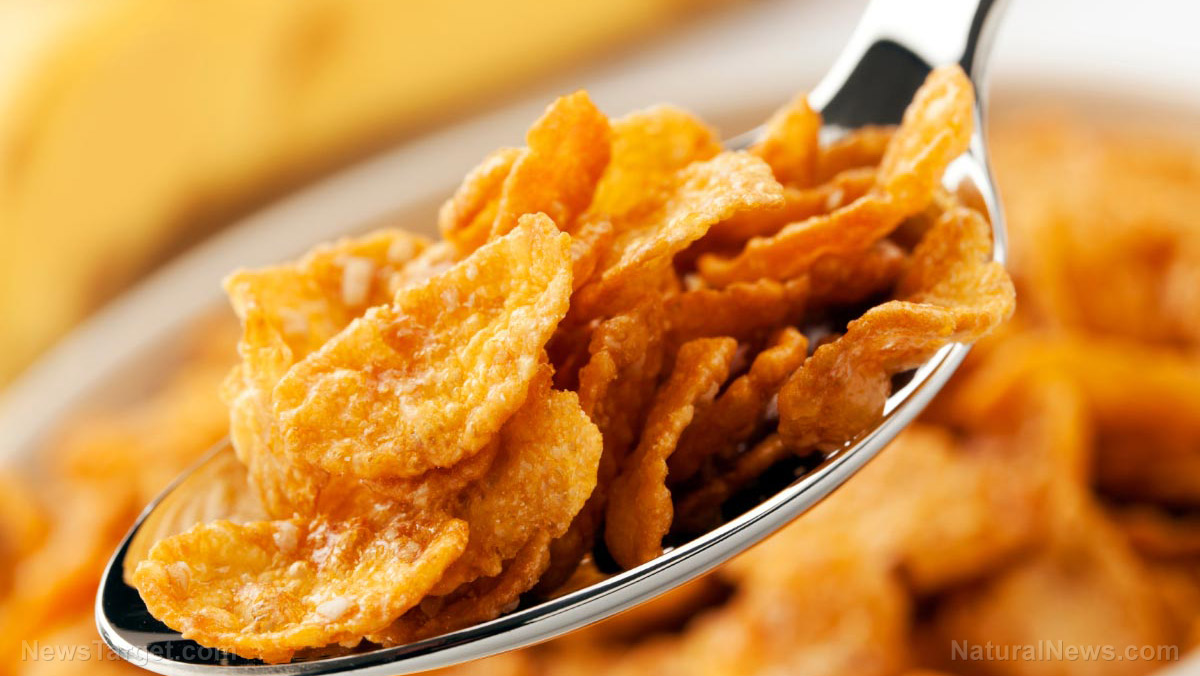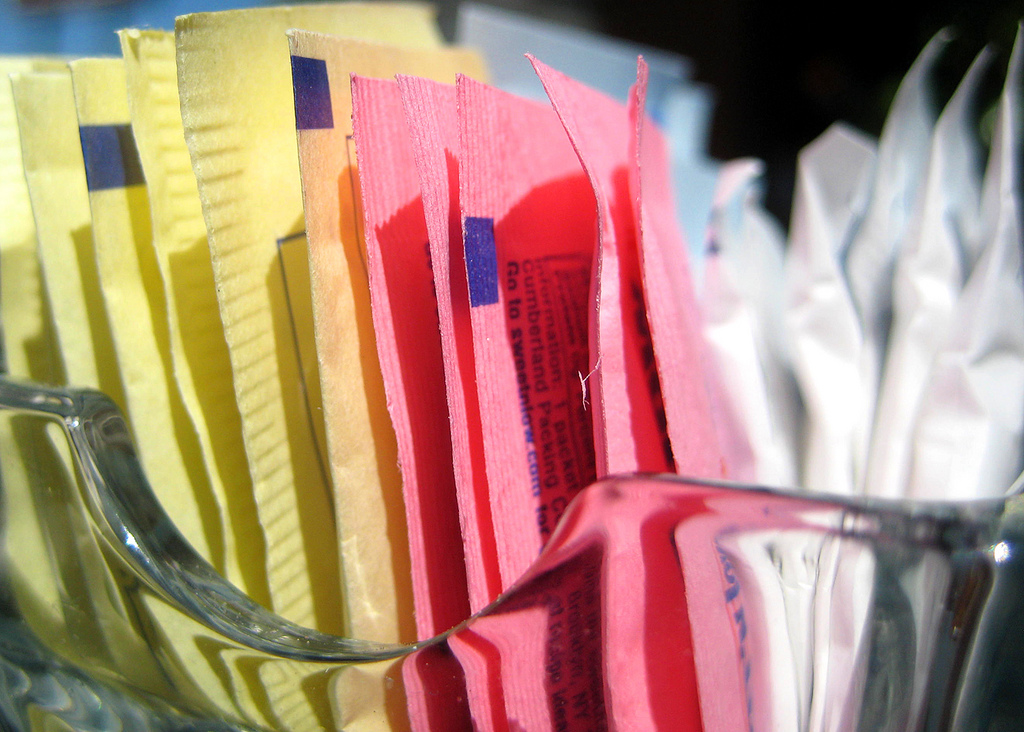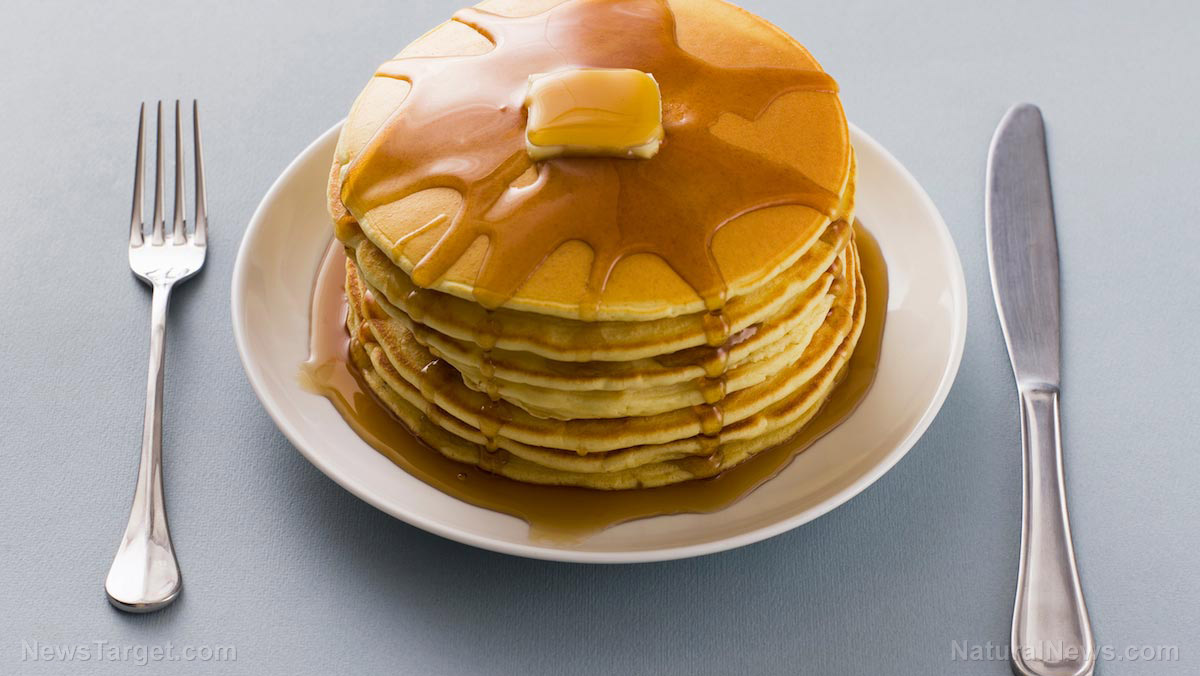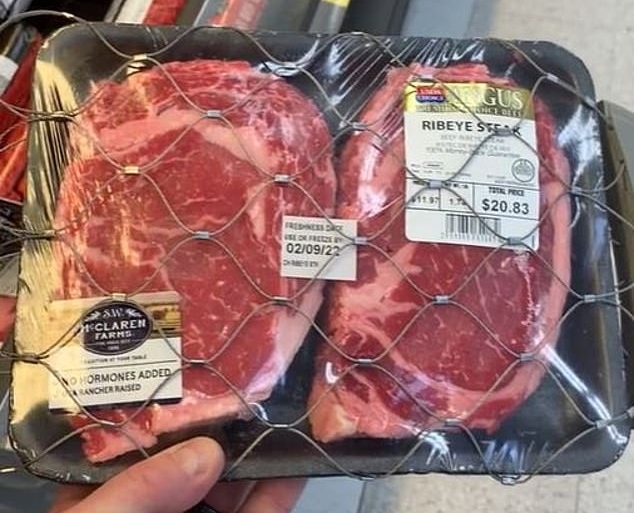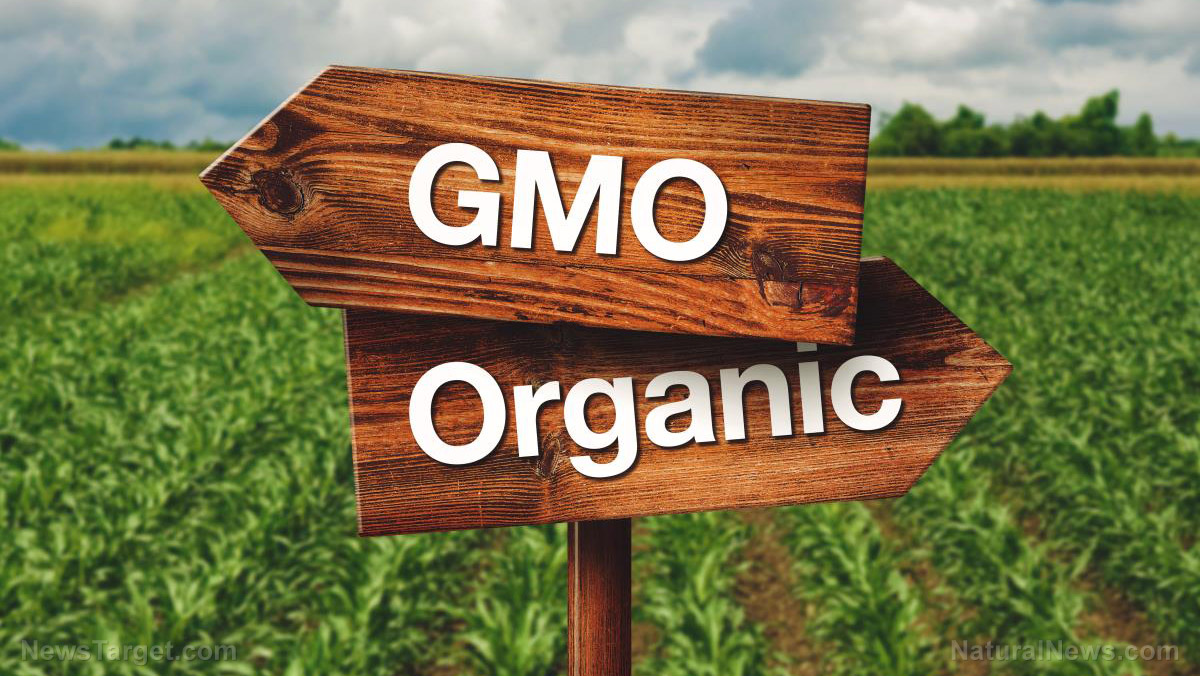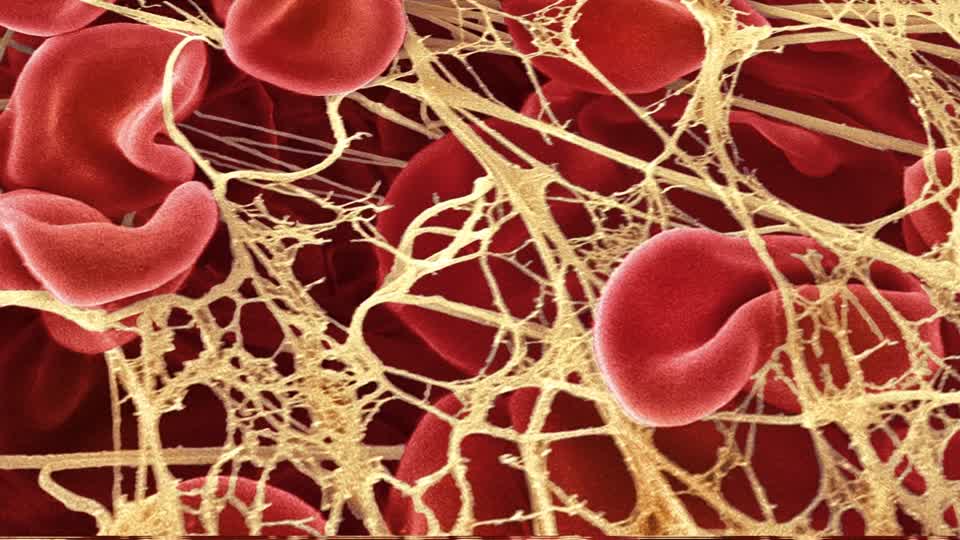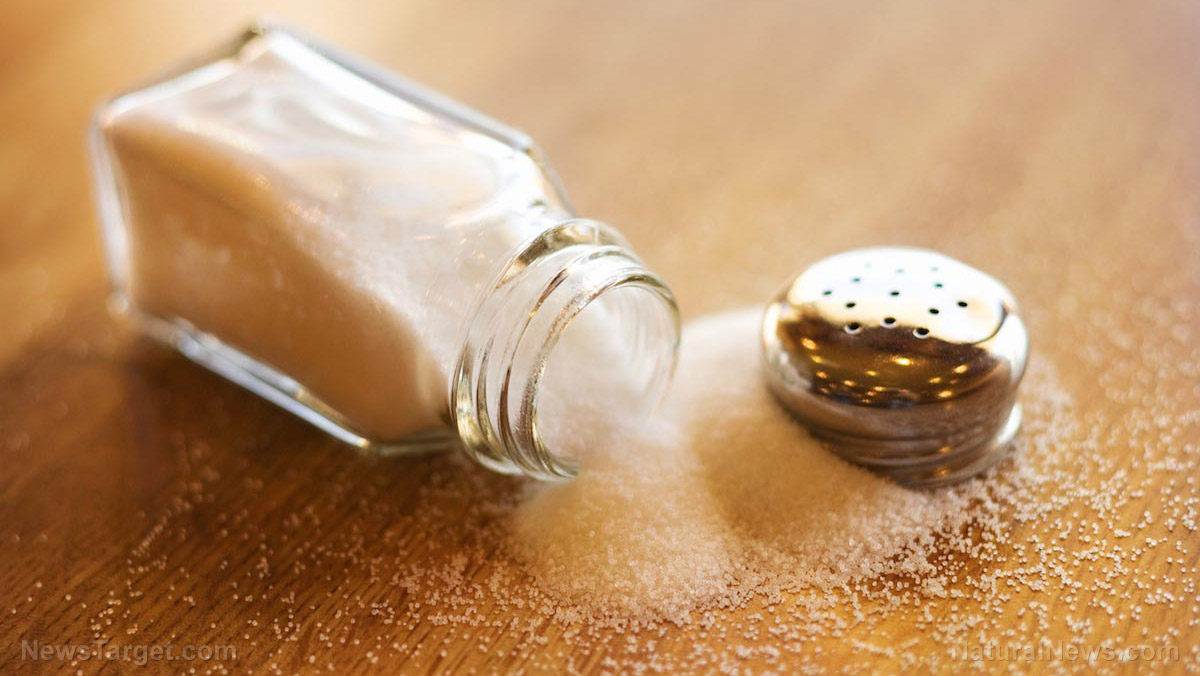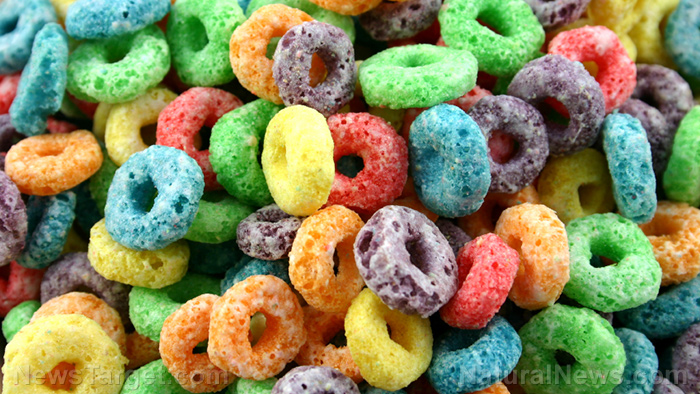Top 10 clean protein sources for vegetarians
10/21/2015 / By Carol Young
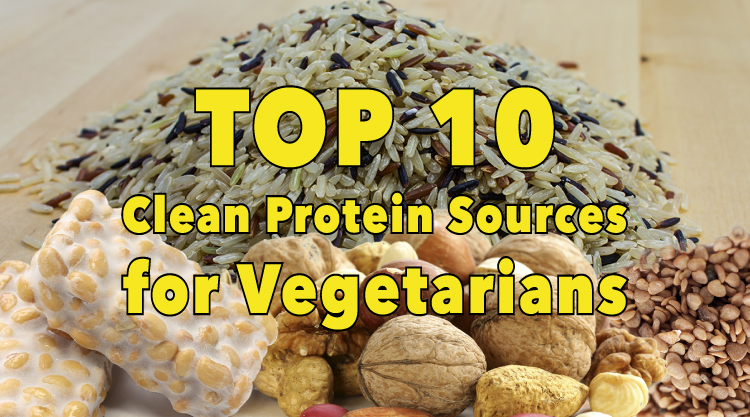
Protein is essential to repair damaged cells and create new ones. Protein is particularly important for children, teenagers and pregnant women, as it aids growth and development. Vegetarians may not get their protein from animal sources, but there are plenty of ways to have a protein-rich diet eating vegetables, grains, nuts, seeds and beans.
Eating a varied diet will likely ensure that you are meeting the recommended daily amount of protein. Signs of protein deficiency may include hair loss or thinning, rigid nails, pale skin, slow healing, headache, difficulty sleeping and edema. Vegetarians can find great sources of clean protein in our top 10 list below.
Rice protein powder (and beans)
In 2014, Natural News‘s Health Ranger Mike Adams found through laboratory testing that there were surprising levels of heavy metals in rice protein formulas. His discovery led to a revamping of the rice protein industry worldwide. Brands that immediately recognized the importance of strictly limiting heavy metals in their products included Garden of Life, Sunwarrior and Boku Superfood. These companies committed to an agreement that would limit the amount of lead, tungsten, cadmium and mercury in their products.
Rice soaks up heavy metals from soils, and arsenic is storied in the grain itself, instead of in its leaves like other plants. Rice and beans form a complete protein together, and many vegetarians rely on this combination to supplement their protein source. Be informed about the toxic metals that may be in rice, and do your research on the companies who sell rice protein powders to make sure that they are committed to removing these toxic heavy metals from their products.
Tempeh
If you do not have a soy allergy, then tempeh is a wonderful protein-rich product that has a variety of health benefits. Tempeh is made from soybeans and is different from the highly processed soybeans that are often found in the United States. Tempeh is a fermented soybean food that is full of bioactive peptides which are essentially small proteins. According to Natural News, just 100 grams of tempeh contains 18.5 grams of protein and only contains about 200 calories; this would provide an adult with about 37% of their daily recommended protein intake. Tempeh can be eaten on a sandwich, in a salad, stir-fried, cooked in curry or molded into a patty.
Chia seeds
Should you be eating your chia pet for protein? While they do use sprouted chia seeds, it is probably best to eat whole chia seeds to get the protein you need. Chia seeds are native to Mexico and Guatemala. They are a complete protein – which means they contain all nine essential amino acids – and are also full of antioxidants, omega-3 fatty acids and fiber. Chia seeds can be used as a beverage base like in a chia fresca. You can eat them in a salad, cook them in a bread, blend them in a smoothie, sprinkle them over an egg or oatmeal, or use them in jams and puddings.
Quinoa
Quinoa may not look related to spinach or chard, but in fact it is a relative of the goosefoot plant which is a cousin of spinach and chard. Quinoa is a complete protein which is essential for vegetarians who do not get animal protein in their diets. Quinoa is not a grain but technically a seed, which was recognized by the Food and Agricultural Organization of the United Nations when it declared 2013 to be “The International Year of the Quinoa.” Quinoa has become popular in recent years due to its versatility in cooking and its nutrient-rich profile. Unfortunately, the global demand for quinoa has put a strain on small Bolivian farmers. North American farmers have begun growing the seed in hopes to meet the tremendous demand for this high-protein food.
Buckwheat groats
Buckwheat is a Russian and Ukrainian staple that is often served as a side dish or as part of the main meal. Buckwheat is more than a wonderful complete protein with a well-balanced mineral composition. Since buckwheat is a short-season crop, it has the potential to help famine-prone regions and provide a good source of nutrients. Buckwheat can thrive in drought conditions, which makes it a reliable source of food as it can grow on almost any land and in any season. Additionally, just one cup of buckwheat provides 23 grams of protein, which is 46% of the recommended daily value for an adult. Buckwheat is also an excellent source of dietary fiber and magnesium.
Hemp seed
Hemp seed is a very nutritious food which may even “sustain a human life for a few months without causing nutrient deficiency problems” in the absence of all other food sources. Hemp seed has a protein structure which is 66% edestin and 33% albumin. Edestin protein is only found in hemp seed and, because it “closely resembles the globulin in blood plasma,” it is very compatible with digestion and may not cause any food allergies. The albumin protein is similar to the protein found in egg whites and is used as the industry standard for protein evaluation.
Nuts
Nuts are high in fat but an excellent source of protein. According to raw food chef Ani Phyo, you should soak your nuts to make them easier to digest; soaking will also help turn more of the carbohydrates into protein. One serving of nuts is equivalent to ¼ of a cup, and this provides about 4–7 grams of protein.
Chlorophyll, chlorella and spirulina
Chlorophyll is the substance in plants which gives them their green color. Chlorophyll absorbs light and is vital to plants processing sunlight into energy through photosynthesis. Chlorophyll is sold in protein powders, but dark green leafy plants are also wonderful sources. Some of the best chlorophyll-rich foods include spinach, collard greens, watercress, mustard sprouts, parsley, dandelion greens and arugula. Also try barley grass, chlorella, wheat grass and spirulina.
Goji berries
One cup of goji berries can contain up to 12 grams of protein. These berries, also known as wolfberries, have 18 essential amino acids and are full of vitamin C. Goji berries can be eaten alone, in cereals, mixed in salads, baked into granola or simply blended in a smoothie.
Pumpkin seeds
Known as pepitas, pumpkin seeds have seven grams of protein per every one ounce serving. Pumpkin seeds are great for salads, and roasted pepitas especially give a nice bite and bit of saltiness to salads made up of kale.
Bonus: Whey protein
While whey protein comes from animal dairy and therefore isn’t technically vegetarian, it also contains no animal tissue, so vegetarians looking to get more protein in their diet would do well to consider whey protein. Check out Heritage Whey for an ethical, laboratory-verified clean protein source with no GMOs, filler products, refined sugars, artificial sweeteners, antibiotics or dangerous hormones!
Sources:
Submit a correction >>
Tagged Under:
clean food sources, nutrition, protein, vegetarian
This article may contain statements that reflect the opinion of the author
RECENT NEWS & ARTICLES
COPYRIGHT © 2017 TOP 10 GROCERY SECRETS



